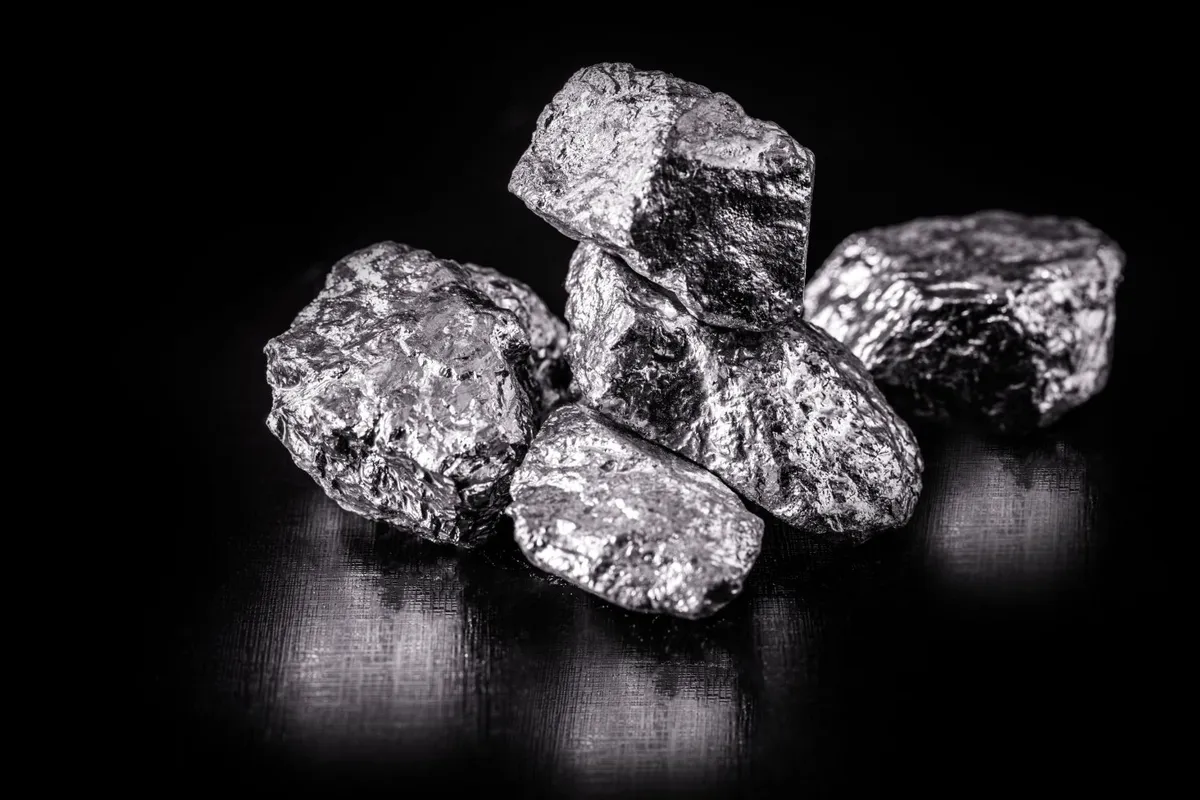
Tight margins, US tariffs, and stable inventories lead to cautious procurement strategy
Tantalite prices have risen steadily since late January. However, Chinese tantalum smelters are resisting these increases due to thin margins. Despite the price uptrend, smelters remain cautious, as buyers refuse to pay more for intermediate products.
Most Chinese smelters continue operating normally, supported by existing inventories of tantalite. As a result, output remains stable in the near term despite cost pressures. Smelters are focusing on efficiency and avoiding unnecessary price exposure.
Intermediate prices remain flat despite rising raw material costs
Smelters struggle to raise prices for key intermediates like potassium fluotantalate and tantalum pentoxide. Buyers have maintained stable monthly bid prices, especially for potassium fluotantalate, which holds steady at Yn880–890/kg.
This disconnect between rising feedstock prices and flat intermediate pricing is putting pressure on profitability. Traders warn that speculative price increases could be short-lived due to weak end-user demand.
DRC disruptions tighten supply, but US tariffs weigh on exports
Ongoing conflict in the Democratic Republic of Congo (DRC) has restricted tantalite supply and triggered speculative price offers. However, increased supply from other African nations is helping to offset these disruptions.
Trade tensions with the United States have also affected market sentiment. The US remains China’s largest tantalum buyer, accounting for around 50% of exports. Since September 2024, Chinese producers have received fewer orders due to a 25% tariff on unwrought tantalum.
This tariff, introduced under former President Joe Biden, continues to depress demand from the US market. As a result, smelters have become more conservative in their procurement strategies.
SuperMetalPrice will continue monitoring smelter activities, trade flows, and price developments in the tantalum sector.





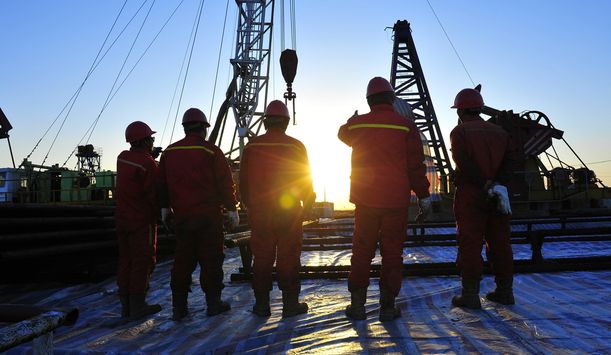

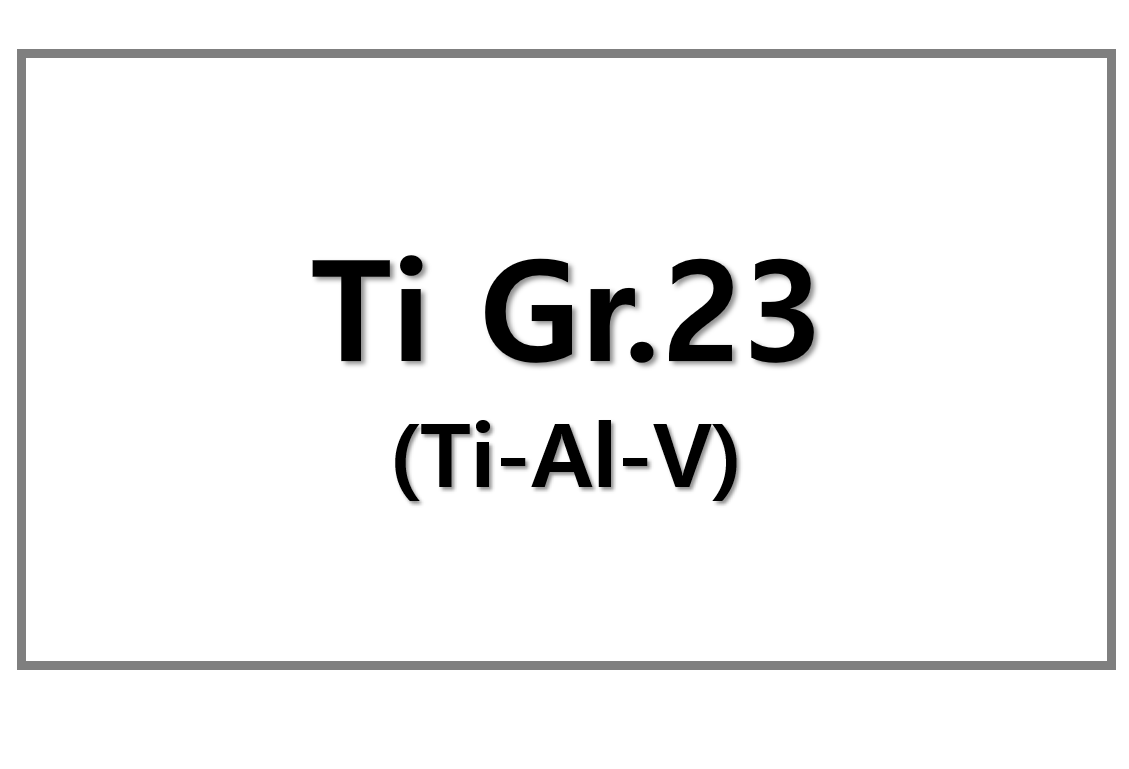
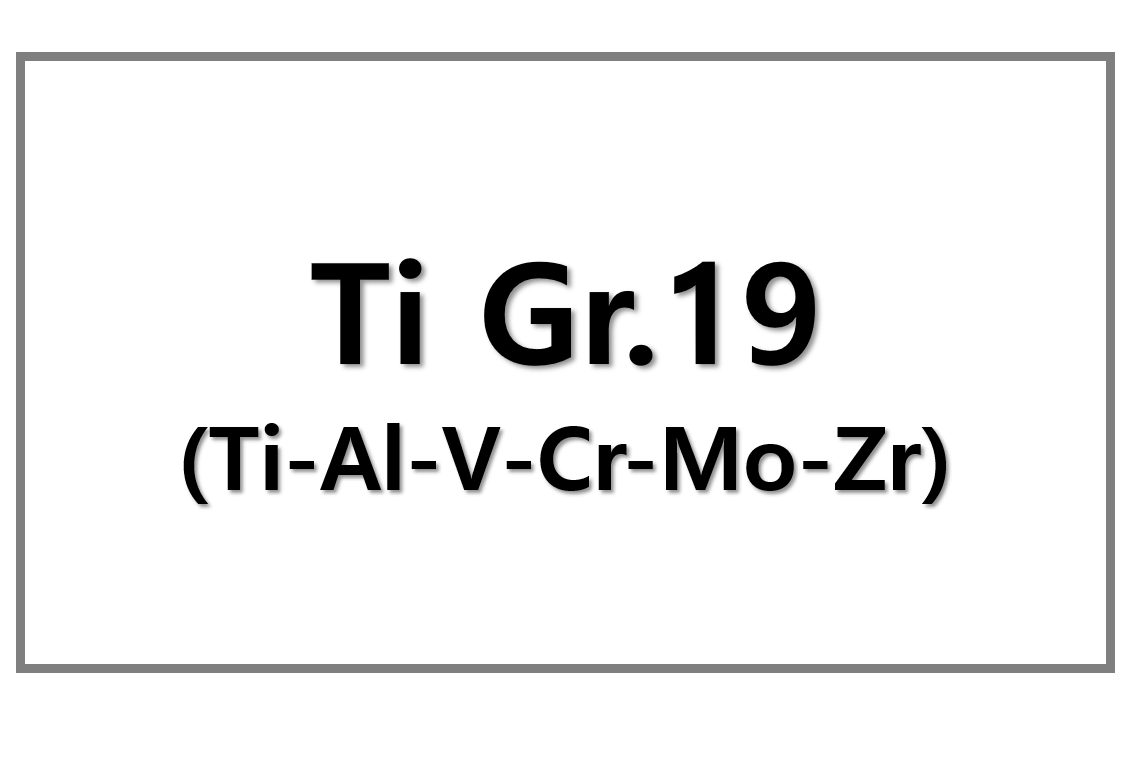
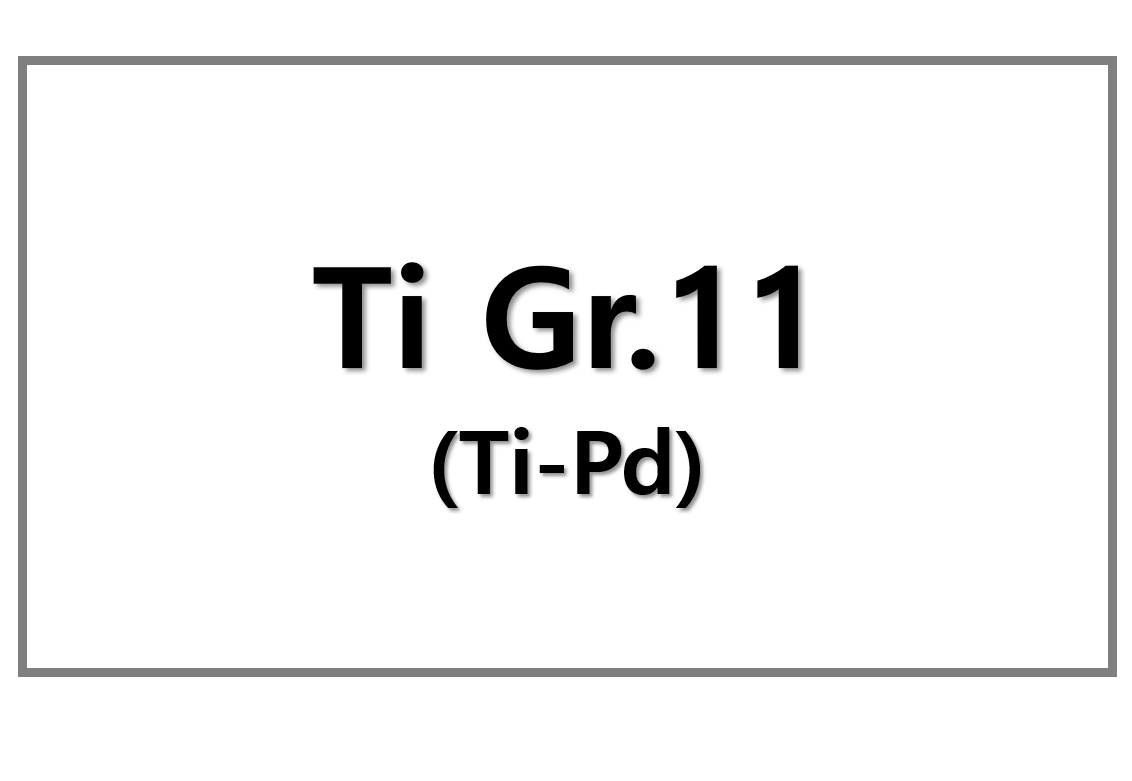
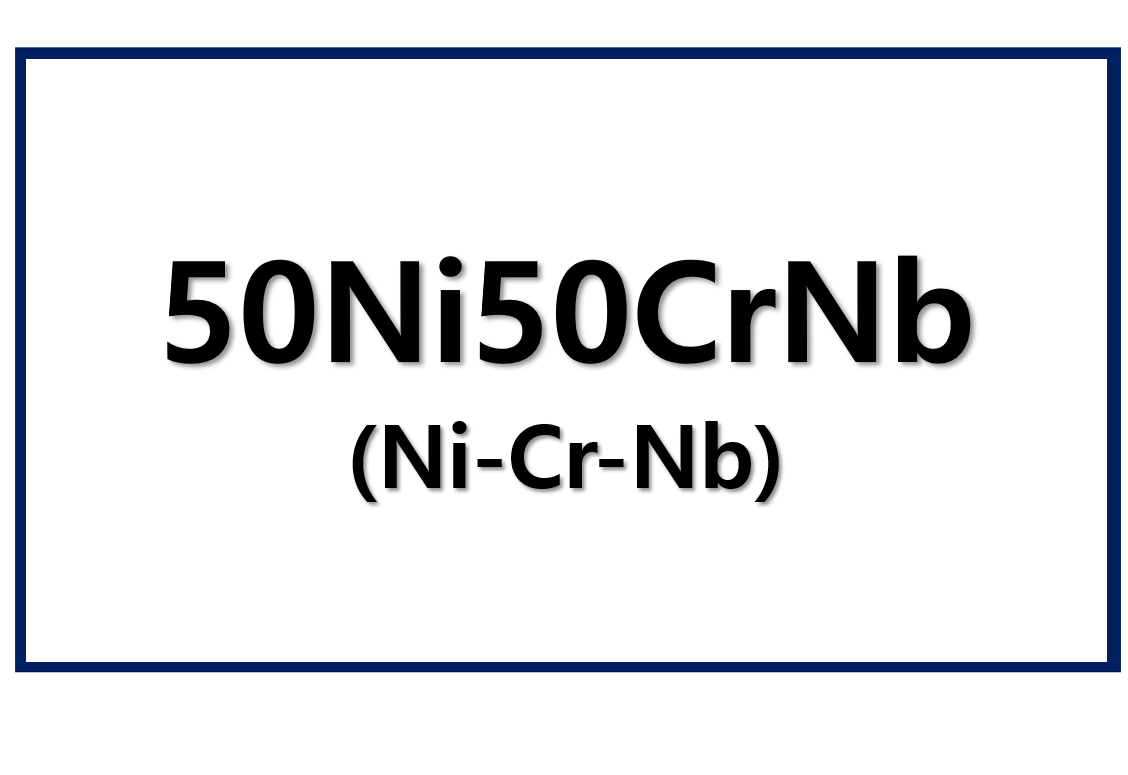
Leave a Reply
You must be logged in to post a comment.